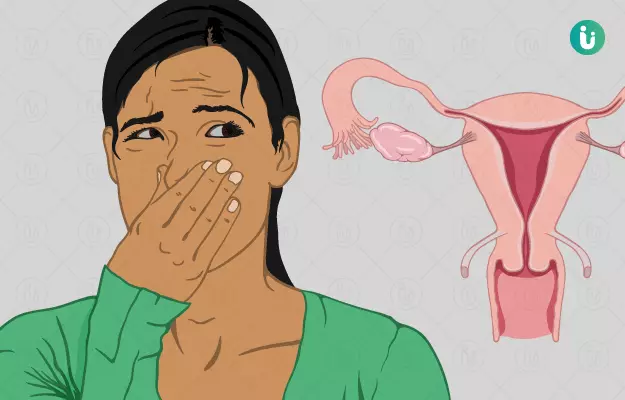Summary
The vagina is a thin muscular tube-like structure extending from the cervix (narrow passage forming the lower end of the uterus) to the vaginal opening between legs in women. It helps to pass blood out during periods, hold sperms for a while until they pass into the uterus and acts as a channel to facilitate normal delivery. To keep it clean and hygienic, vagina is constantly lubricated with a clear white fluid called the vaginal discharge.
In healthy conditions, the vagina is moist with no itching, foul odour, or abnormal discharge. In case of an infection, however, there is a change in the odour, colour, quantity, and consistency of the vaginal discharge. Bacteria, viruses, fungi, or parasites are the common causes of vaginal infections that result in a vaginal discharge with an unpleasant smell. Other conditions that result in foul vaginal odour include lack of hygiene, genetic disorder called fish odour syndrome (primary trimethylaminuria), menstrual bleeding, post-delivery phase, and more. Vaginal odour also undergoes changes during the monthly menstrual cycle with unpleasant odour present more towards the end than at the start of the cycle or mid-cycle.
Diagnosis of bad vaginal odour is primarily clinical and might be corroborated with further testing of the vaginal discharge for the confirmation of diagnosis. Appropriate treatment of the infection and adequate self-care to maintain vaginal hygiene helps to avoid foul vaginal odour.






















































